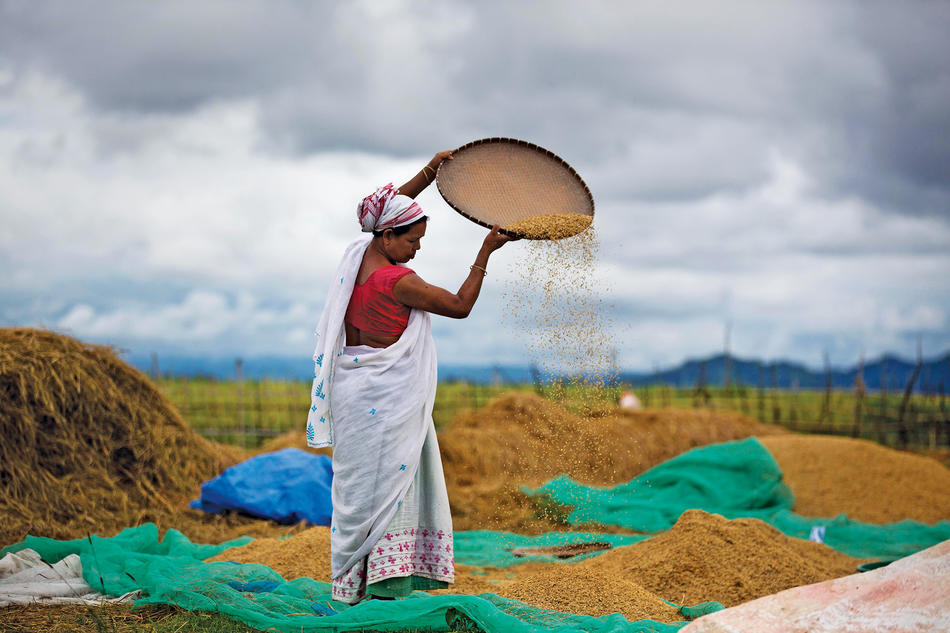India faces chronic water shortages and widespread malnutrition — problems that are expected to worsen as the country’s population continues to grow.
But a team of environmental scientists led by Kyle Davis, a postdoctoral fellow at Columbia’s Data Science Institute, has found that both challenges could be ameliorated if farmers switched the grains they produce. The researchers, whose paper appears in the journal Science Advances, found that India could reduce the amount of water used for irrigation by nearly 33 percent — while improving nutrition — by replacing plots of rice with less thirsty crops like sorghum, maize, and millet. More moderate improvements in agricultural productivity, the scientists found, could be achieved by replacing wheat fields.
The study may hold lessons for other countries facing severe water shortages, since rice and wheat are among the world’s most popular, and most water-intensive, grains.
“While we recognize the economic, social, and cultural challenges involved in making such major changes in grain production, the goal of our work is to help countries think of ways to better align food security and environmental goals,” Davis says.



